By R.L. Healy
When Texas entered the Union in 1845, after nine uneasy years as an independent republic, the mutual grievances between Mexico and the United States threatened to erupt into open hostilities. Regarding the annexation as an act of territorial aggression, Mexico abruptly terminated diplomatic relations with its northern neighbor. In Washington, its ambassador denounced the annexation for “despoiling a friendly nation like Mexico of a considerable portion of her territory.” The American response to the parlous state of affairs was to deploy armed forces to the border, allegedly to protect Texas from armed invasion. In reality, the United States was playing a deadly serious game of cat-and-mouse with Mexico.
The Buildup For War
At the time of the Mexican protest, soldiers of the Army’s First Military Department were stationed at Fort Jessup on the western border of Louisiana. On May 28, 1845, their commander, Brevet Brig. Gen. Zachary Taylor, a rough, disheveled old Indian fighter, was ordered by the War Department to defend and protect Texas “from foreign invasion and Indian incursions.” Accordingly, in compliance with President James K. Polk’s policy of protecting Texas and countering Mexican belligerence, Taylor selected Corpus Christi, a Texas settlement on the southern bank of the Nueces River, as his base camp in the newly acquired territory.
Despite the war fervor in Mexico and the deployment of American troops in Texas, the Polk administration continued its diplomatic efforts. In order to settle the border dispute, the United States was willing to assume all Mexican debts to American citizens, in return for the Rio Grande River being accepted as the common boundary line between the two nations. The government of General Jose Joaquin Herrera, however, refused even to receive an American emissary, fearing that such a reception would be construed as the establishment of congenial relations with the United States. Herrera was sensitive to critics like General Mariano Paredes, who slammed the government for admitting the American representative into the country “to arrange for the loss of the integrity of the republic.”
After Mexico rejected the American emissary for the third time, Secretary of War William L. Marcy ordered Taylor on January 13, 1846, to “advance and occupy, with the troops under your command, positions on or near the east bank of the Rio del Norte.” Mexico castigated the stationing of American troops beyond the Nueces River, the generally accepted Texas-Mexico boundary, as blatant aggression. Although the move enhanced the possibility of a clash with Mexico, Polk’s firm belief in the righteousness of America’s claim and Mexico’s continuing refusal to negotiate made it militarily imperative. The movement of troops into the disputed territory would facilitate the defense of American soil. The closer they were stationed to the border, the better the chance of thwarting Mexican aggression.
After a seven-month-long encampment at Corpus Christi, the American force of nearly 4,000 soldiers set out for the Rio Grande on March 8. Taylor made every effort to assure the Mexican people that his intention was to protect American territory, not to launch an invasion against Mexico. His general orders, which asserted that the march was to be “beneficial to all concerned,” were translated into Spanish and distributed among the residents of the Rio Grande region.
“Simply Defensive Precaution”
Taylor’s overtly pacific efforts did not prevent certain belligerent acts by the Mexicans against the American expeditionary force. When the Americans approached the Arroyo Colorado, a large salt lagoon, they met a party of Mexican soldiers who warned that the Americans would be fired upon if they tried to cross the Arroyo. The proclamation by General Francisco Mejia, commander of Mexican forces at Matamoros, condemned the United States and asserted Mexico’s readiness to “oppose our naked breasts to the rifles of the hunters of the Mississippi.” Taylor defiantly splashed across the lagoon.

While Taylor proceeded to the Rio Grande, Herrera’s efforts to sustain his political power failed. Paredes, charging the Herrera administration with “seeking to avoid a necessary and glorious war,” set up a new national regime. This change, in turn, prompted Polk to try again to convene negotiations with Mexico. But Paredes, who had taken office pledging to defend the Sabine River as the northern boundary of Mexico, was in no position to negotiate with the Americans and brusquely rejected the overture.
The American expeditionary force finally reached the upper east bank of the Rio Grande, opposite Matamoros, on March 28. After the playing of appropriate music and the hoisting of the colors, General William J. Worth, Taylor’s second in command, immediately informed the Mexican forces at Matamoros of America’s peaceful intentions. The Mexicans dismissed his assertion and reiterated that the American advance to the Rio Grande constituted an act of war. Accordingly, the Mexicans began the construction of Fort Paredes, which the Americans soon emulated by building Fort Texas, later renamed Fort Brown. Diplomacy between the governments had failed, and now two determined professional armies, facing each other across the disputed boundary, built their bastions and awaited their orders.
Unlike the encampments at Fort Jessup and Corpus Christi, the American stay on the Rio Grande was not without incident. Indeed, a fair portion of the command’s time was spent in preventing desertions. While several soldiers were shot in their attempts to swim to the Mexican shore, another 30 escaped to form the San Patricio Battalion, an Anglo-Irish military component in the Mexican Army. At the same time, numerous acts of guerrilla warfare were waged against the American troops. Lieutenant Theodoric H. Porter’s fatigue party was just outside the American camp when it was fired upon, leaving four Americans dead, including the lieutenant. And the acting quartermaster general, Colonel Truman Cross, was captured by rancheros, brutally lanced, and left naked and dead on the broiling plains. The situation on the banks of the Rio Grande was one of festering quasi-war, with desertions, sniper attacks, and a rising hatred on both sides.
Throughout this time, Taylor was engaged in a tense confrontation with the Mexican forces. On April 11, General Pedro de Ampudia, with 2,000 additional troops, replaced Mejia, with whom Taylor had exchanged several bitter dispatches, as the Mexican commander. He ordered the Americans to “break up your camp and retire to the other bank of the Nueces River” within 24 hours. Otherwise, he warned, “arms and arms alone must decide the question.” In reply, Taylor cited his orders from the War Department as authority for his movements and position. Because Ampudia refused to let him use the river as a supply line, Taylor instituted a blockade at the mouth of the Rio Grande. On learning of this “simply defensive precaution,” as Taylor characterized the blockade, Paredes proclaimed on April 23 the existence of a “defensive war” against the United States.
For the third time within the month, there was a change in the Mexican command. General Mariano Arista, bringing more troops to make the total force about 8,000 men, replaced Ampudia, who was considered incompetent. He brought orders from the minister of war, dated April 4, to attack the Americans. He communicated to Taylor “that he considered hostilities commenced, and should prosecute them.” Taylor replied that he had “refrained from any act which could possibly be interpreted into hostility” and that he would not be responsible for the beginning of war.
Crossing the Rio Grande
On April 24, the same day he dispatched his note to Taylor, Arista ordered General Anastasio Torrejon, with his cavalry force of 1,600 soldiers, to cross the Rio Grande above Matamoros. Learning of this, Taylor deployed two squadrons of dragoons that evening, one above and one below Matamoros, to ascertain information about the Mexican maneuver. Captain Seth B. Thornton was assigned the task of investigating Mexican activities below the town of Matamoros. He was to survey 27 miles of territory with the purpose of discovering whether the Mexicans had crossed the river, their numbers and position, and their amount of artillery. His report was due the following day at noon.
The next morning, the American dragoons learned from inhabitants of the area that Mexican troops had crossed the river. Mistrusting the local residents, Thornton dismissed the information as a rumor, not regarding it as reliable enough to include in his reconnaissance report. After covering some 24 miles, Chapito, the principal guide, refused to continue, claiming that the area was sprawling with Mexican soldiers. Later, Thornton concluded that Chapito was a spy leading the Americans into a trap. In spite of the guide’s desertion and Thornton’s well-founded suspicions, the Americans were compelled to continue their march. They had learned that a Mexican cavalry force of 500 men and a party of Indians were behind them, which precluded their returning to camp.
Nearing completion of his assignment, Thornton decided to stop at the Carricitos ranch in order to verify the reports of the Mexican crossing. The ranch was enclosed by a chaparral fence and an impassable quagmire that bordered the river. Thornton led his command into the corral and proceeded to knock on the ranch door when Torrejon’s soldiers, concealed in the chaparral, commenced a thunderous fire upon the American dragoons. Charging the enemy, the Americans were easily driven back into the open corral. Thornton’s horse sustained a bullet wound, panicked, and galloped away. With the captain still in the saddle, it bolted from the enclosure, passed other obstacles, and swam the river below Matamoros.

In trying to leap a broad ditch, the horse fell and Thornton was thrown to the ground and knocked unconscious. With the captain incapacitated, his subordinate officer, Captain William J. Hardee, attempted to lead a mass escape across the open ground toward the river. The boggy surface, however, inhibited such a flight. Soon a Mexican officer approached and demanded that the Americans capitulate. Hardee consented on the condition that they be treated humanely as prisoners of war. Sixteen of the detachment’s 63 dragoons had been killed or wounded, including Thornton, who was taken prisoner along with his men.
At reveille on April 26, Chapito returned to the American camp to report the ambush and defeat. The report was confirmed within a few hours by a stricken dragoon sent in on a cart by Torrejon with a note saying he lacked the proper medical facilities to care for the wounded solder. From his rambling account, Taylor learned that the ambush was no simple guerrilla operation. Unlike the murder of Colonel Cross, the adversaries were uniformed Mexican soldiers executing a well-planned attack against American forces on territory that America claimed as her own. Abandoning his hitherto cautious approach, Taylor informed the Polk administration: “Hostilities may now be considered as commenced.” He advised Washington to organize 12-month volunteer soldiers and requested the governors of Texas and Louisiana to provide an auxiliary force of nearly 5,000 volunteers, “which will be required to prosecute the war with energy, and carry it, as it should be, into the enemy’s country.”
Declaration of War
Prior to the ambush of the Thornton detail, Polk already had concluded that American diplomatic efforts had been exhausted and decided to pursue a coercive approach with the Mexican government. The decision was not a spontaneous one, but rather the only remaining course of action that could possibly fulfill his territorial ambitions regarding Mexico. He wanted an agreement on the Rio Grande as the border between Mexico and the United States and he wished to acquire more territory at the expense of Mexico, specifically California. The president tried to obtain these ends through negotiation and by Taylor’s advance to the Rio Grande, but the failure of these measures led him to conclude that only military force could achieve his ambitions.
On May 9, at the regular meeting of the cabinet, Polk brought up the Mexican question. “All agreed that if the Mexican forces at Matamoros committed any act of hostility on Gen’l Taylor’s forces I should immediately send a message to Congress recommending an immediate declaration of War,” he recalled in his diary. Even though no clear act of Mexican aggression had occurred, Polk believed that “we had ample cause of war, and that it was impossible that we could stand in status quo, or that I could remain silent much longer; that I thought it was my duty to send a message to Congress very soon and recommend definitive measures.”
The cabinet meeting was held prior to Polk learning of the Thornton ambush. That same day, after the cabinet meeting, the president received dispatches from Taylor describing the encounter and containing his recommendations for armed retaliation. Immediately, Polk reconvened the cabinet. That evening, with its unanimous approval, he decided to submit a declaration of war to Congress, charging that Mexico “has invaded our territory and shed American blood upon American soil.”
The ensuing war with Mexico, which would last for two fierce years, had begun with the ambush of Thornton’s squadron of dragoons. This was later confirmed when General Arista boasted, “I had the pleasure of being the first to start the war.” Although there had been various attempts to resolve the border dispute peacefully, they failed because both nations were intransigent concerning their territorial claims. It was only a matter of time before violence erupted. The Thornton ambush did not cause Polk to decide to go to war, but the attack expedited his declaration of war by one day and gained him the complete support of the cabinet and the near-unanimous support of Congress. A brief fusillade of musket fire in the Mexican chaparral had indeed started a major war.



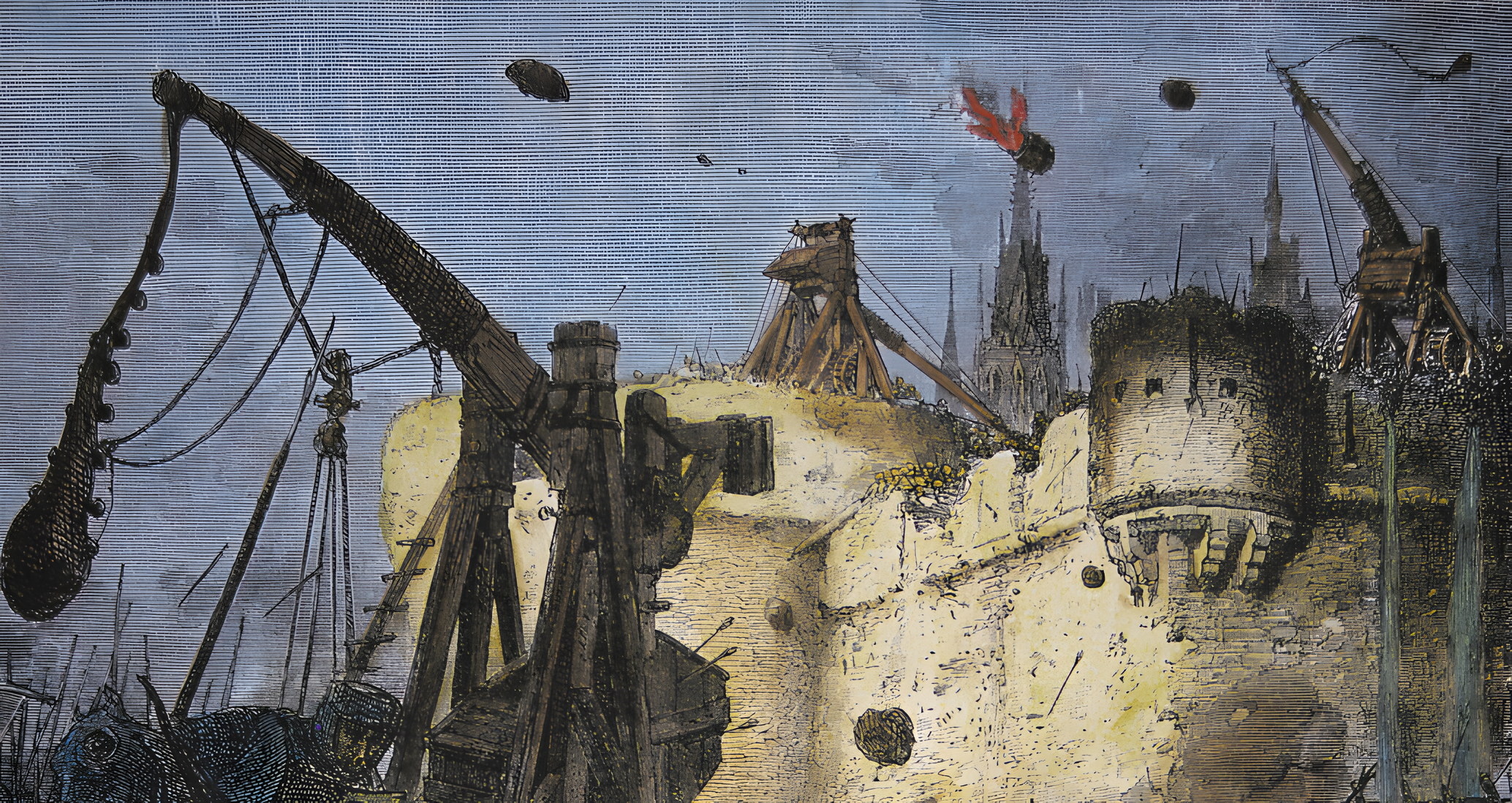
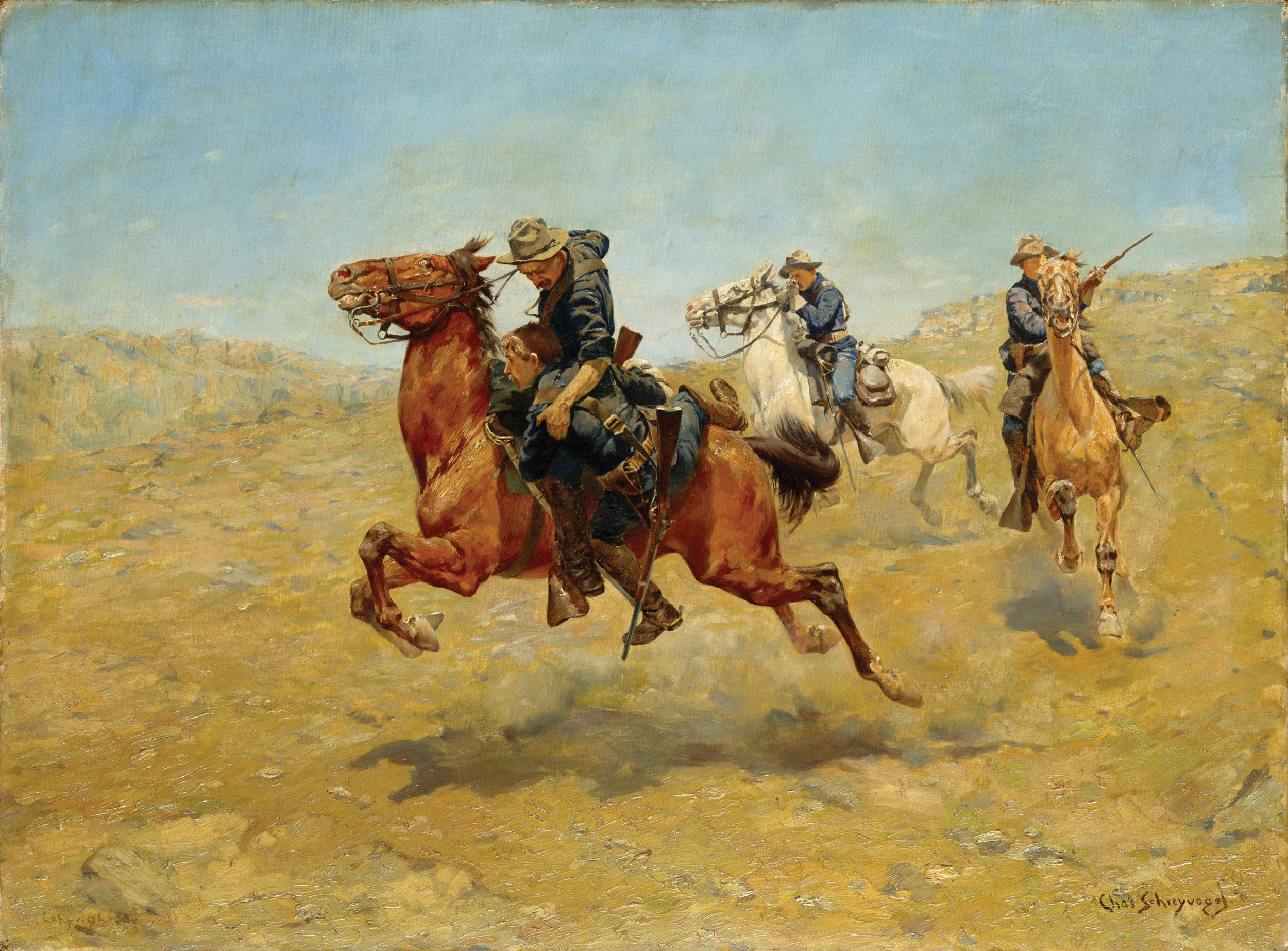
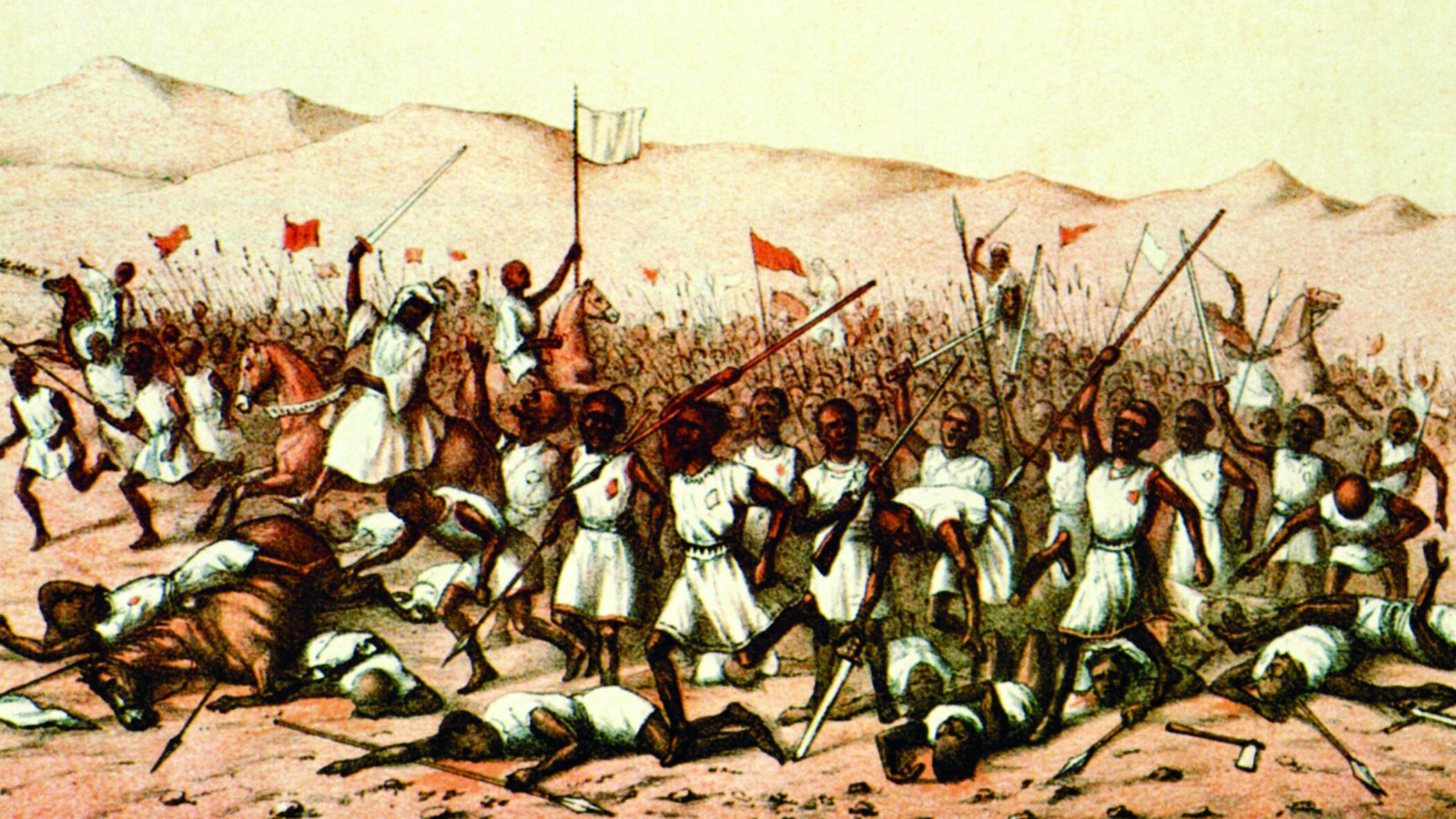
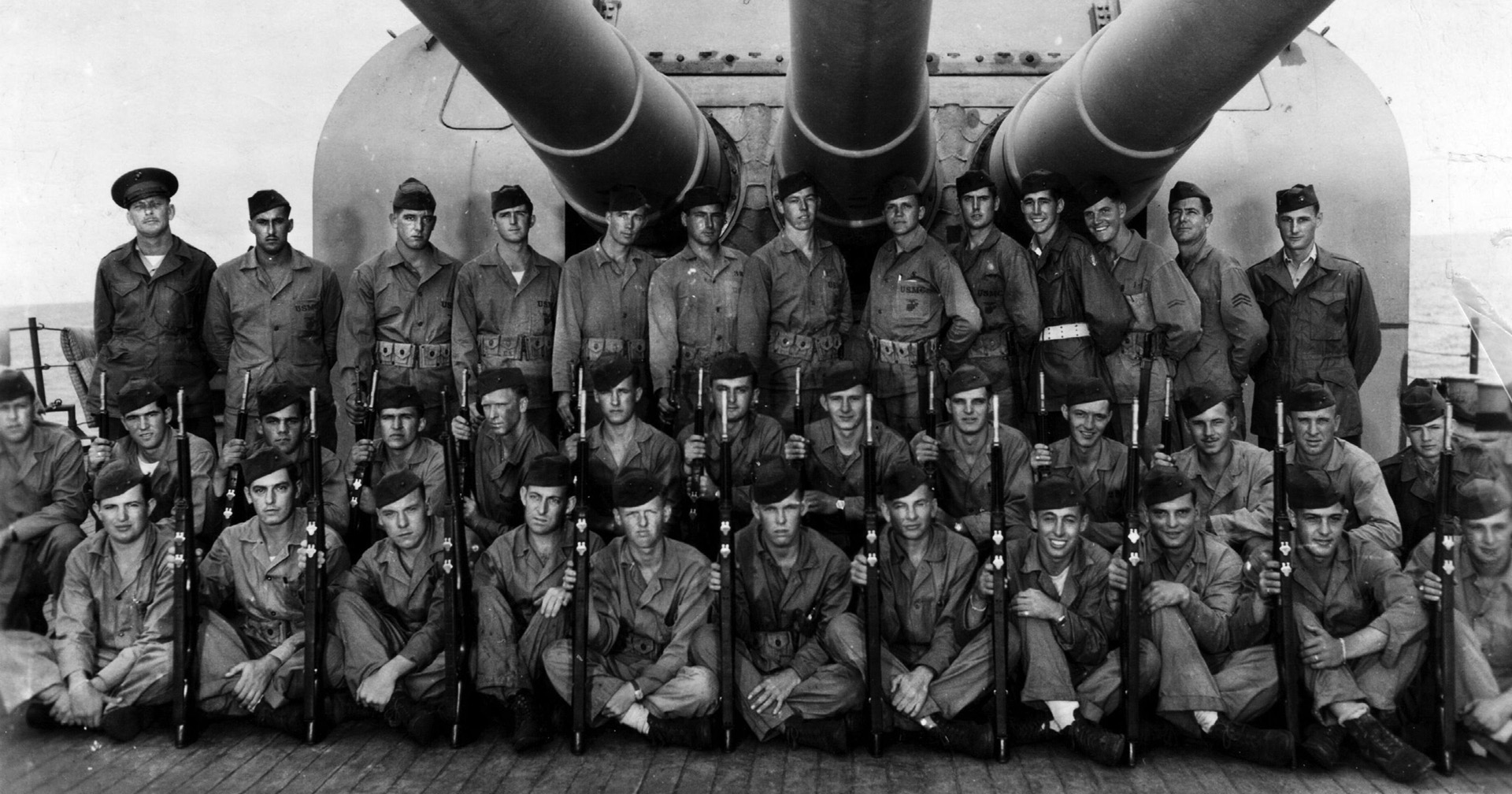
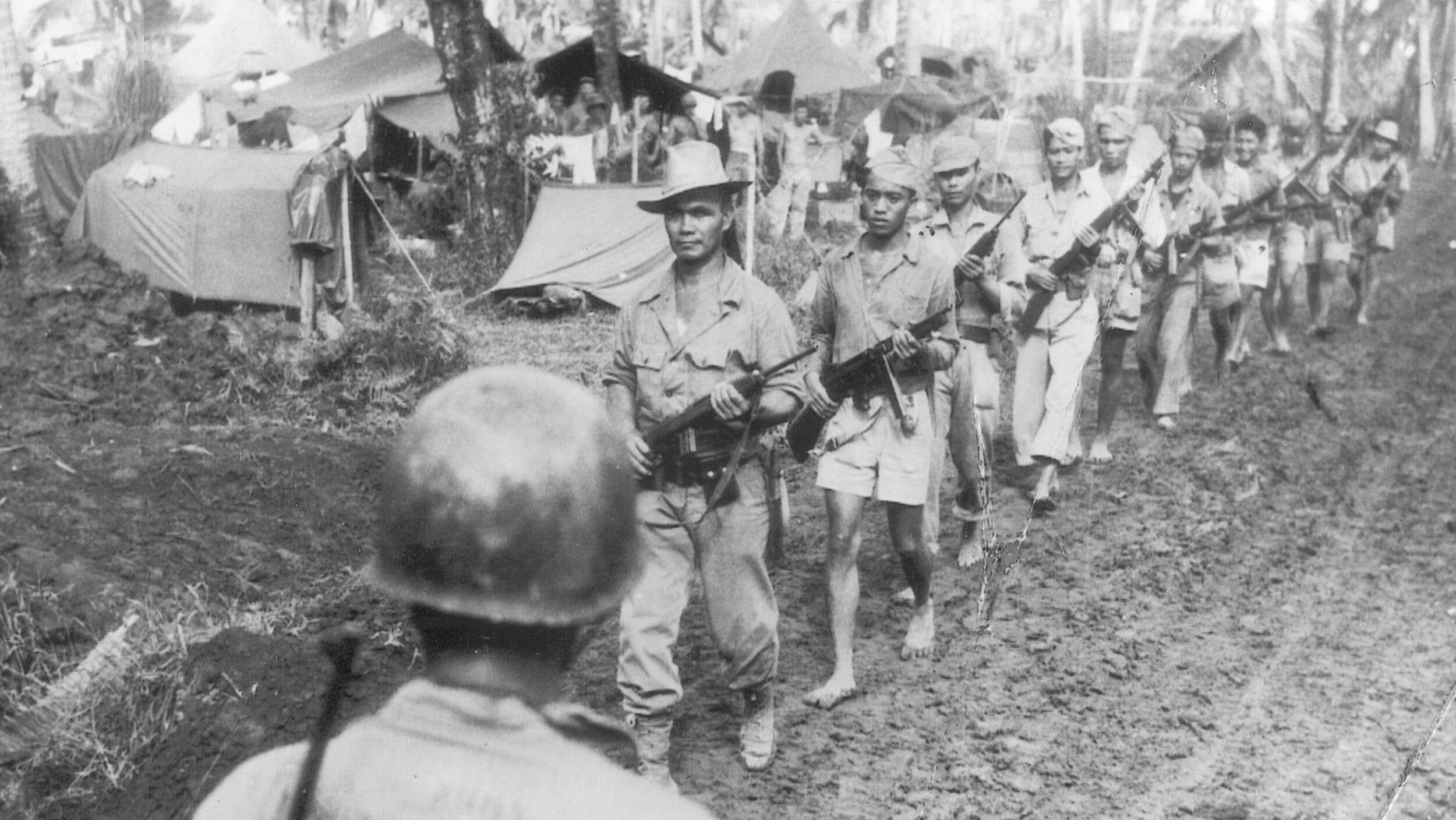
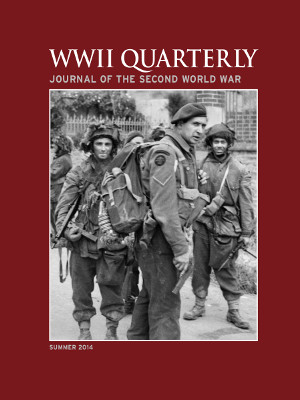
Join The Conversation
Comments
View All Comments